
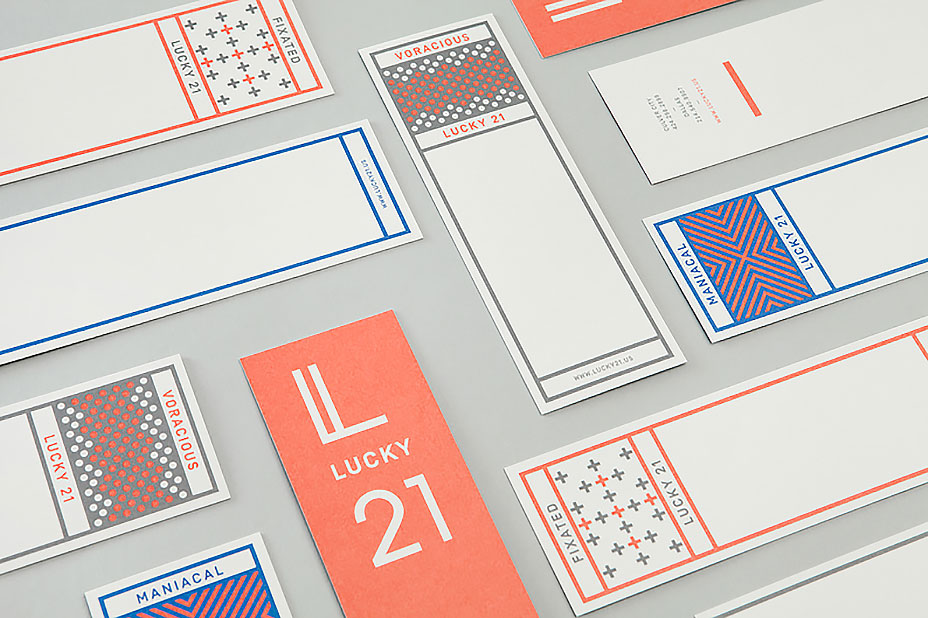
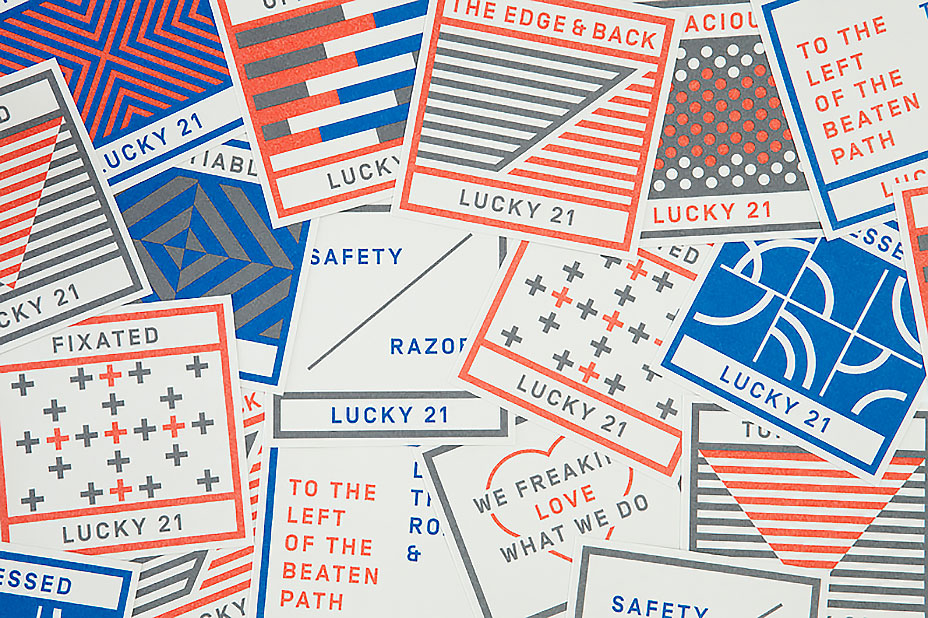 French environmental campaigners Mlinda have a brand identity that extends into all of their display type. The direction of movement changes depending on whether the word in question is considered good or bad (except, notably, their logo).
French environmental campaigners Mlinda have a brand identity that extends into all of their display type. The direction of movement changes depending on whether the word in question is considered good or bad (except, notably, their logo).
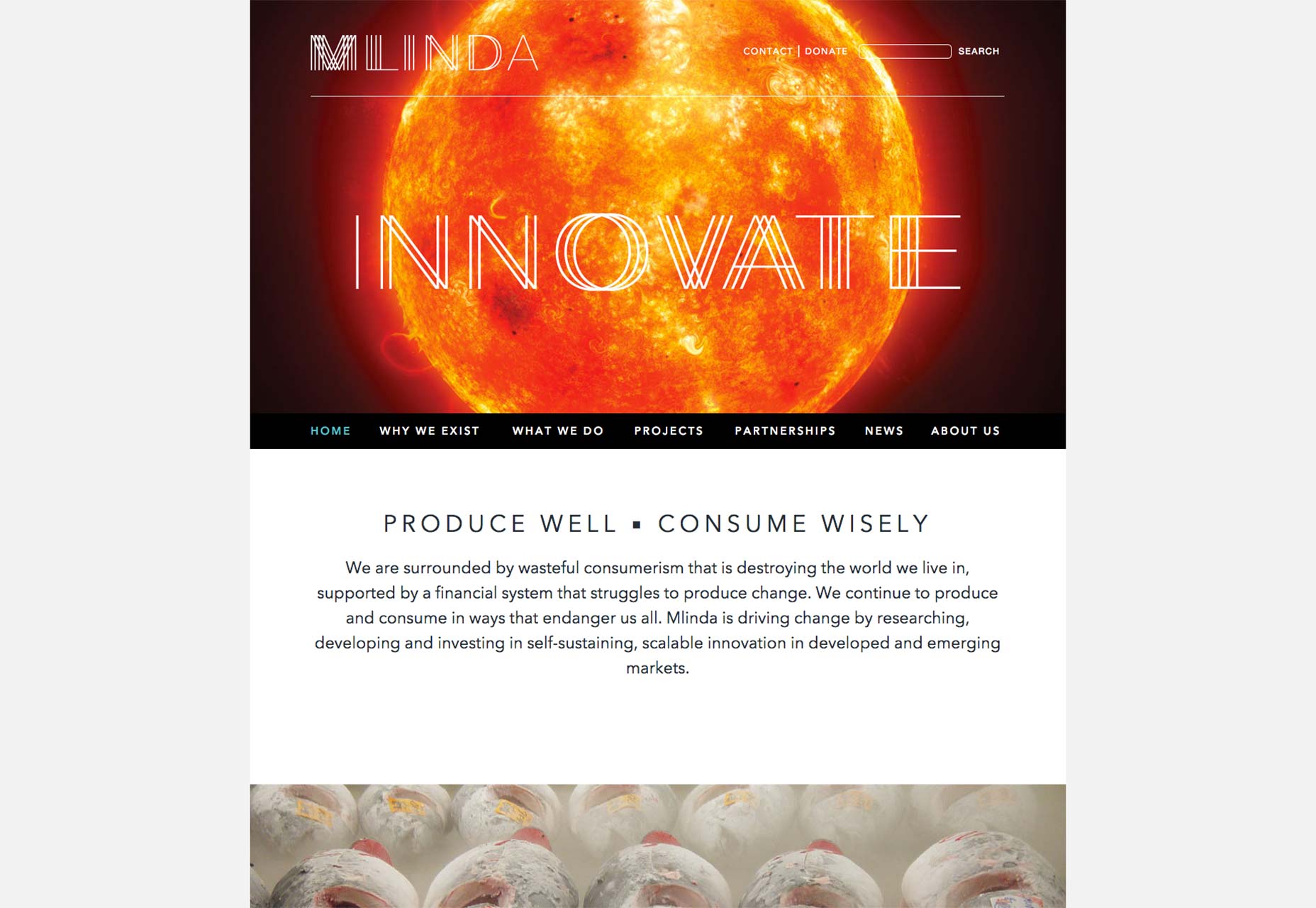 Coca-Cola’s new packaging initially appears to introduce greater, not lesser consistency. However, the key to this approach is that every product creates variation across the range. So when we see a can of Coke Life, the distinction between it and original Coke, enhances our recognition of the brand as a whole.
Coca-Cola’s new packaging initially appears to introduce greater, not lesser consistency. However, the key to this approach is that every product creates variation across the range. So when we see a can of Coke Life, the distinction between it and original Coke, enhances our recognition of the brand as a whole.
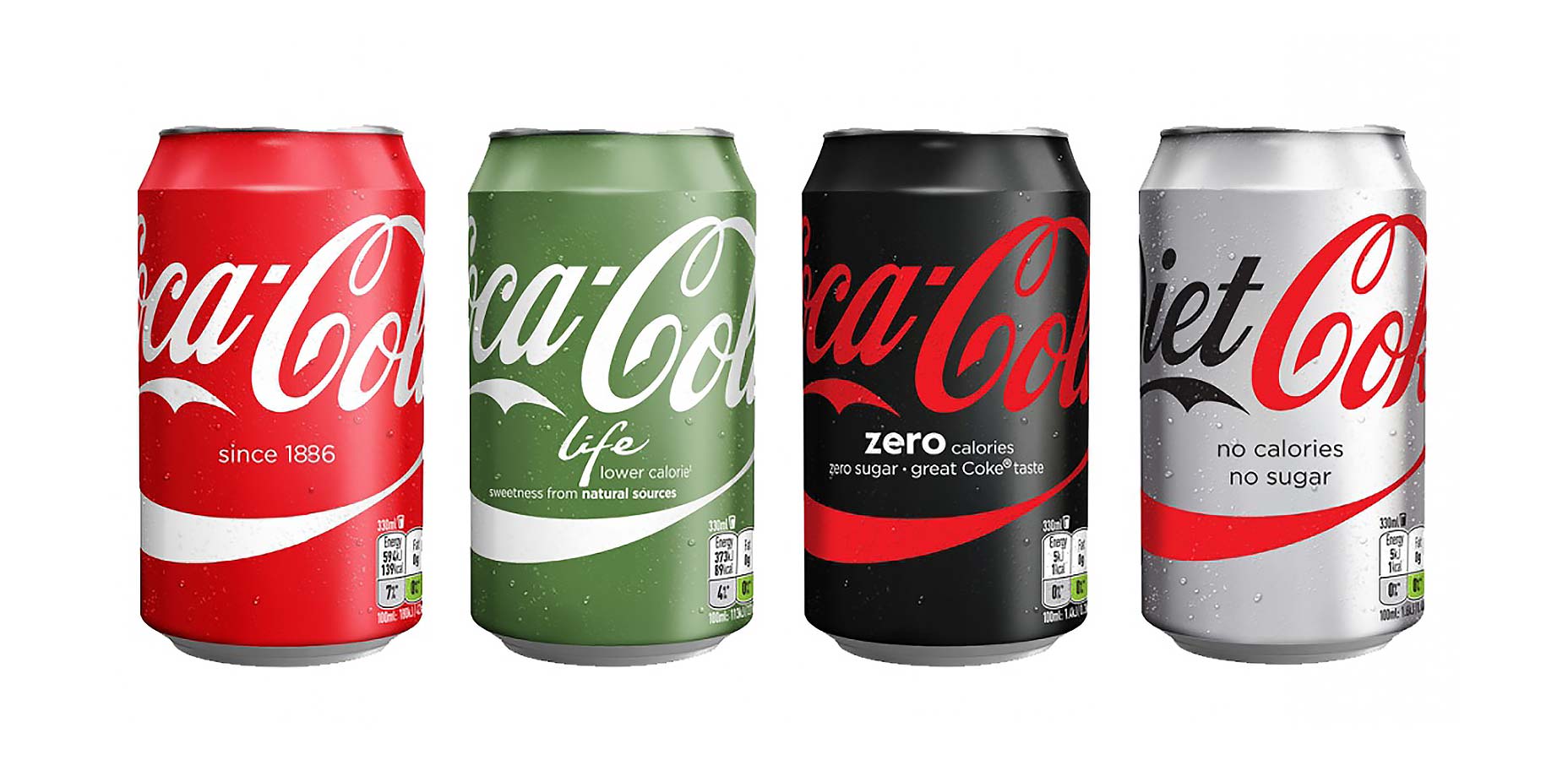 The Advertising Association’s logo consists of a small capital ‘A’ inside a larger capital ‘A’. The exact form of the characters can vary.
The Advertising Association’s logo consists of a small capital ‘A’ inside a larger capital ‘A’. The exact form of the characters can vary.

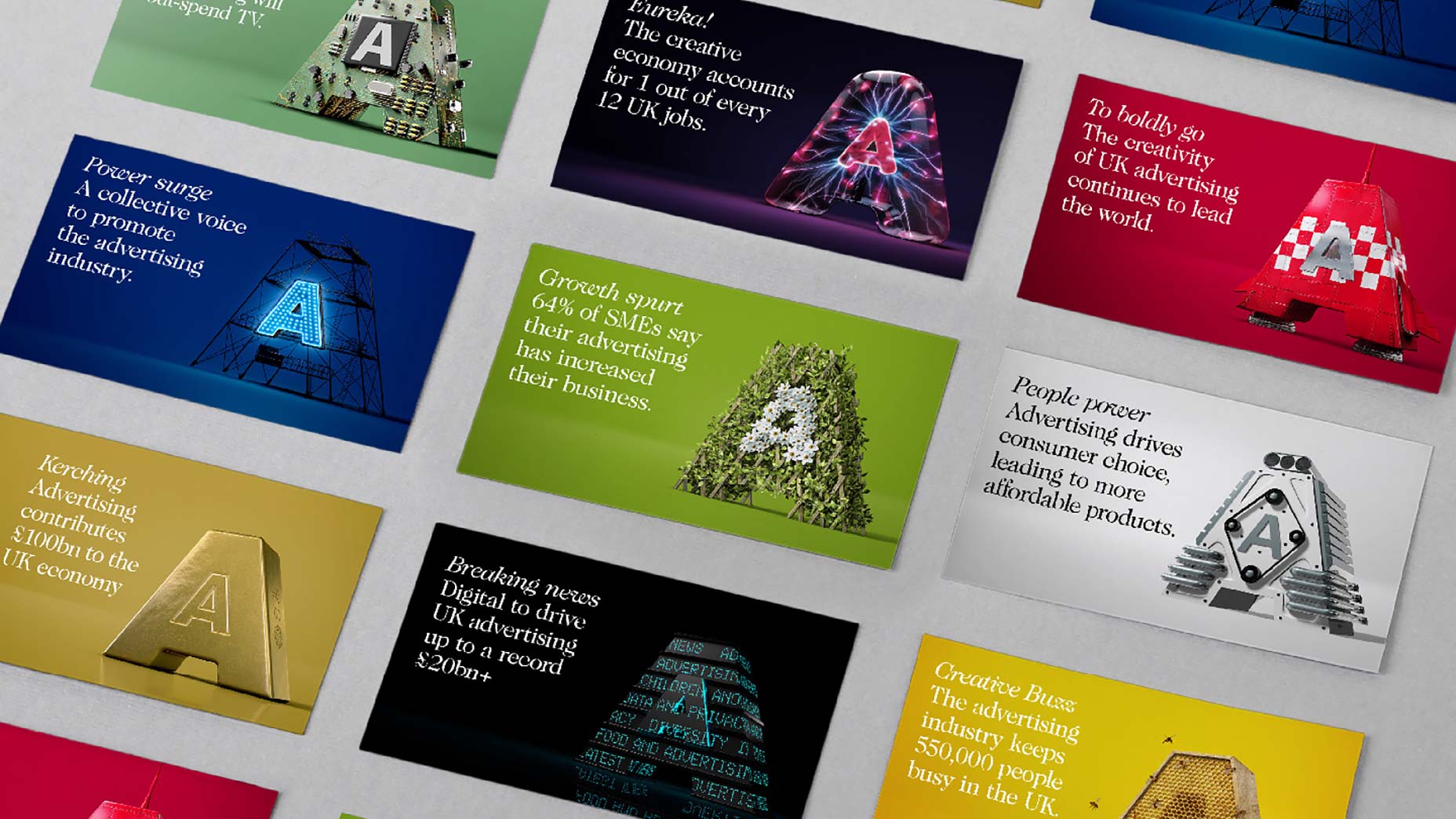 Originally mimicking the classic American MLB and NBA branding, both MLS and USL have adopted flexible brand schemes using a templating system to adapt the leagues’ branding for different teams. When you wear an LA Galaxy jersey, you reinforce recognition of both the MLS brand, and other teams like the San Jose EarthQuakes, or the Portland Timbers.
Originally mimicking the classic American MLB and NBA branding, both MLS and USL have adopted flexible brand schemes using a templating system to adapt the leagues’ branding for different teams. When you wear an LA Galaxy jersey, you reinforce recognition of both the MLS brand, and other teams like the San Jose EarthQuakes, or the Portland Timbers.
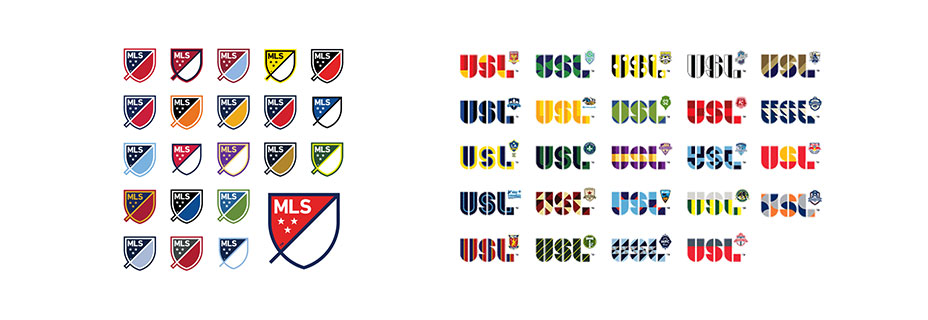 Even within a single identity, variety enables brand assets to adapt to numerous functions. The Whitney Museum of American Art in New York describes its logo as a “responsive W”; the character is redrawn, in the same minimal manner depending on its required use. More than a logo, it’s a logo system.
Even within a single identity, variety enables brand assets to adapt to numerous functions. The Whitney Museum of American Art in New York describes its logo as a “responsive W”; the character is redrawn, in the same minimal manner depending on its required use. More than a logo, it’s a logo system.
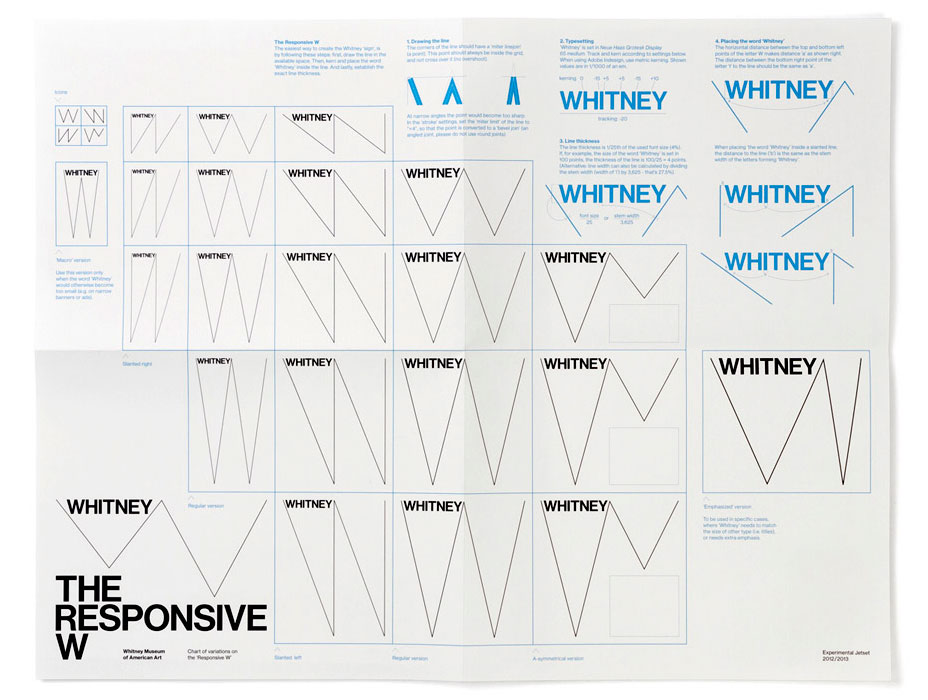
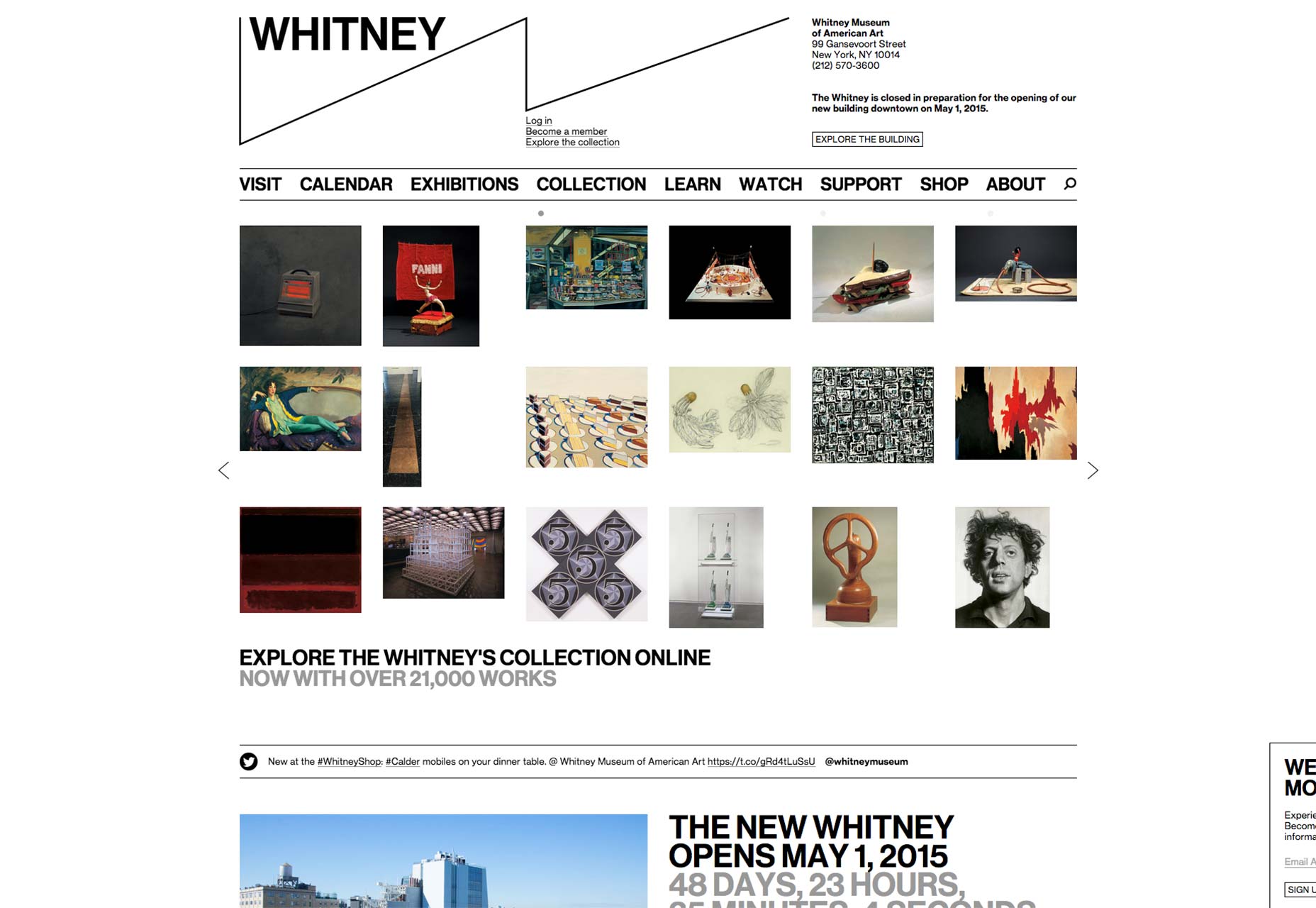 One approach that appeals directly to web designers is Joe Harrison’s responsive logos project. It features the logos of a number of well-known brands that reduce in complexity as your browser window shrinks. Minimal purests might argue that the least complex, mobile version, should be used throughout: if the logo is recognizable without a detail, then the detail must be extraneous. However, as the UCLA study suggests, creating variety in this way increases, rather than decreases brand engagement.
One approach that appeals directly to web designers is Joe Harrison’s responsive logos project. It features the logos of a number of well-known brands that reduce in complexity as your browser window shrinks. Minimal purests might argue that the least complex, mobile version, should be used throughout: if the logo is recognizable without a detail, then the detail must be extraneous. However, as the UCLA study suggests, creating variety in this way increases, rather than decreases brand engagement.
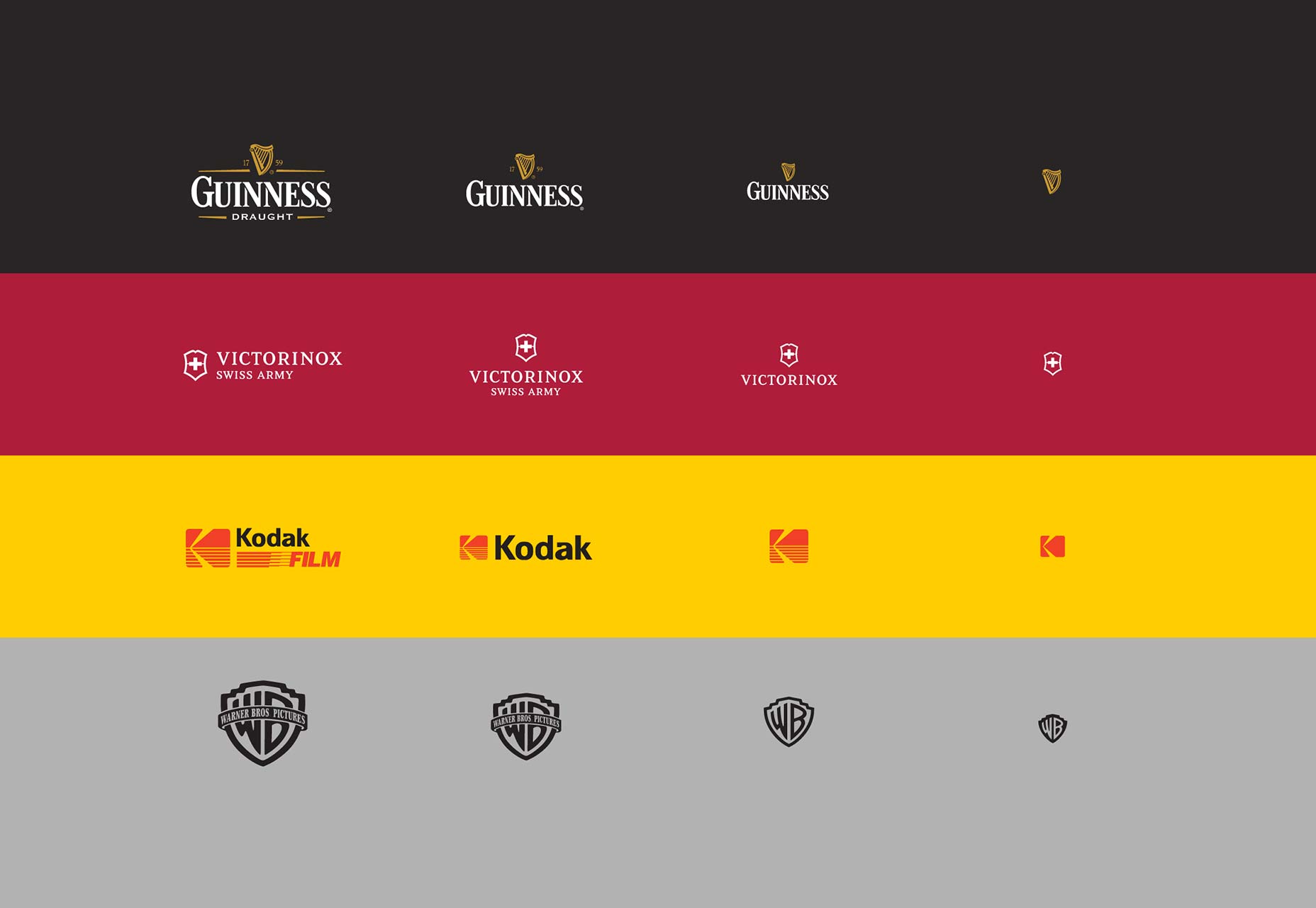 Inconsistency isn’t new of course: MTV famously branded itself this way; AirBnB have positioned themselves at the front of their market by embracing variety; NowTV’s approach has been similar. What’s new is the acceptance that a brand can’t retain control of its assets, and in all probability, shouldn’t attempt to.
Inconsistency isn’t new of course: MTV famously branded itself this way; AirBnB have positioned themselves at the front of their market by embracing variety; NowTV’s approach has been similar. What’s new is the acceptance that a brand can’t retain control of its assets, and in all probability, shouldn’t attempt to.
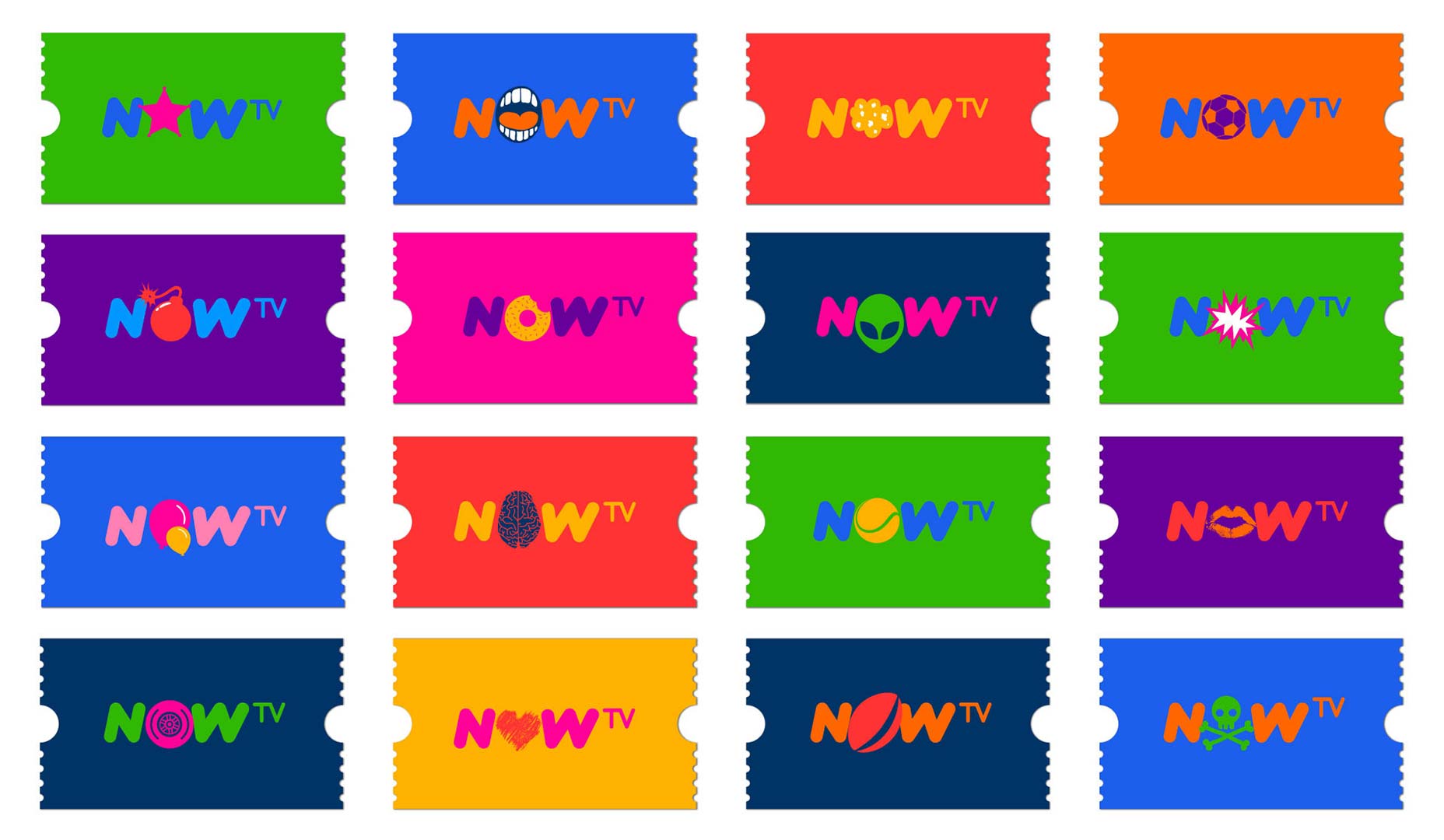 So often, when designing sites, we try to engineer designs that resemble themselves across all devices: mobile sites look like scaled down desktop sites, desktop sites use hamburger menus. This is a damaging approach not only because different devices have different limitations and advantages, but because uniformity over a brand’s output reduces brand engagement.
By embracing an adaptive, perhaps even responsive, approach to all branding, from typography to color, to the logo, we maximise brand recognition and ultimately brand engagement.
So often, when designing sites, we try to engineer designs that resemble themselves across all devices: mobile sites look like scaled down desktop sites, desktop sites use hamburger menus. This is a damaging approach not only because different devices have different limitations and advantages, but because uniformity over a brand’s output reduces brand engagement.
By embracing an adaptive, perhaps even responsive, approach to all branding, from typography to color, to the logo, we maximise brand recognition and ultimately brand engagement.
Ben Moss
Ben Moss has designed and coded work for award-winning startups, and global names including IBM, UBS, and the FBI. When he’s not in front of a screen he’s probably out trail-running.
Read Next
3 Essential Design Trends, November 2024
Touchable texture, distinct grids, and two-column designs are some of the most trending website design elements of…
20 Best New Websites, October 2024
Something we’re seeing more and more of is the ‘customizable’ site. Most often, this means a button to swap between…
Exciting New Tools for Designers, October 2024
We’ve got goodies for designers, developers, SEO-ers, content managers, and those of you who wear multiple hats. And,…
15 Best New Fonts, September 2024
Welcome to our roundup of the best new fonts we’ve found on the web in the previous four weeks. In this month’s edition…
By Simon Sterne
3 Essential Design Trends, October 2024
This article is brought to you by Constantino, a renowned company offering premium and affordable website design
You…
A Beginner’s Guide to Using BlueSky for Business Success
In today’s fast-paced digital world, businesses are always on the lookout for new ways to connect with their audience.…
By Louise North
The Importance of Title Tags: Tips and Tricks to Optimize for SEO
When it comes to on-page SEO, there’s one element that plays a pivotal role in both search engine rankings and user…
By Simon Sterne
20 Best New Websites, September 2024
We have a mixed bag for you with both minimalist and maximalist designs, and single pagers alongside much bigger, but…
Exciting New Tools for Designers, September 2024
This time around we are aiming to simplify life, with some light and fast analytics, an all-in-one productivity…
3 Essential Design Trends, September 2024
September's web design trends have a fun, fall feeling ... and we love it. See what's trending in website design this…
Crafting Personalized Experiences with AI
Picture this: You open Netflix, and it’s like the platform just knows what you’re in the mood for. Or maybe you’re…
By Simon Sterne
15 Best New Fonts, August 2024
Welcome to August’s roundup of the best fonts we’ve found over the last few weeks. 2024’s trend for flowing curves and…
By Ben Moss















